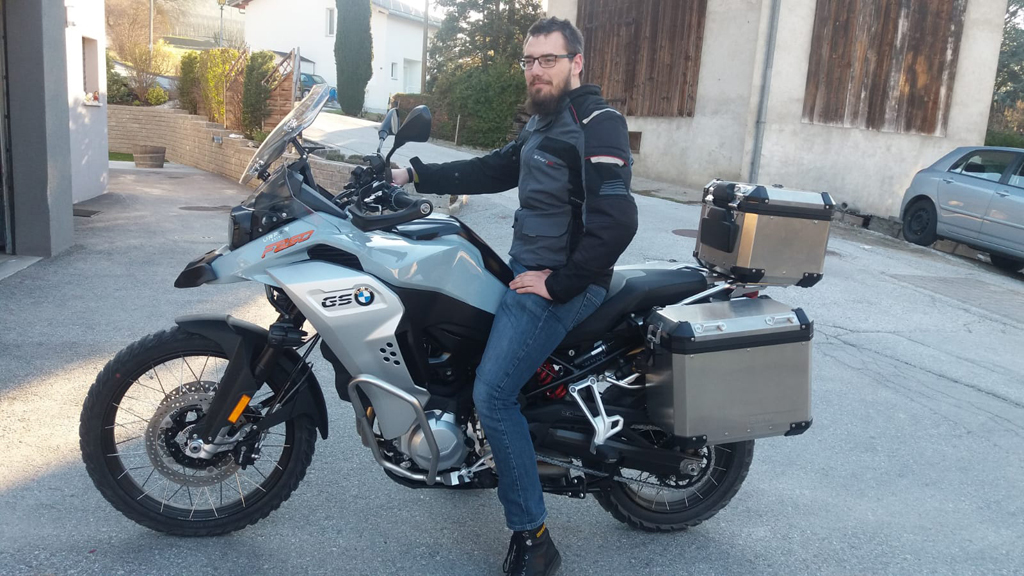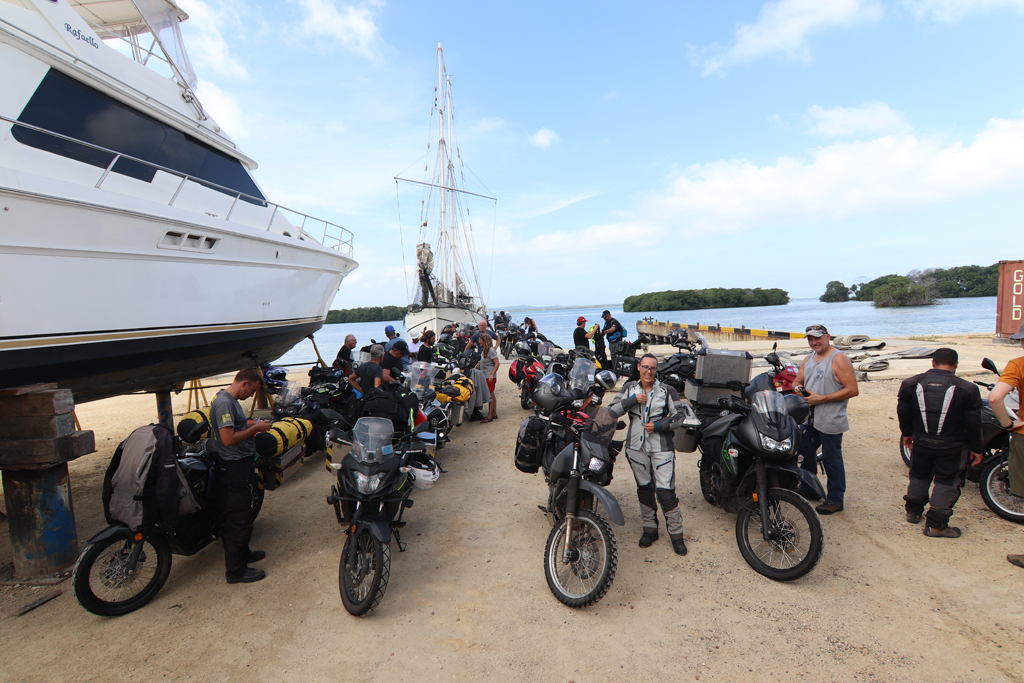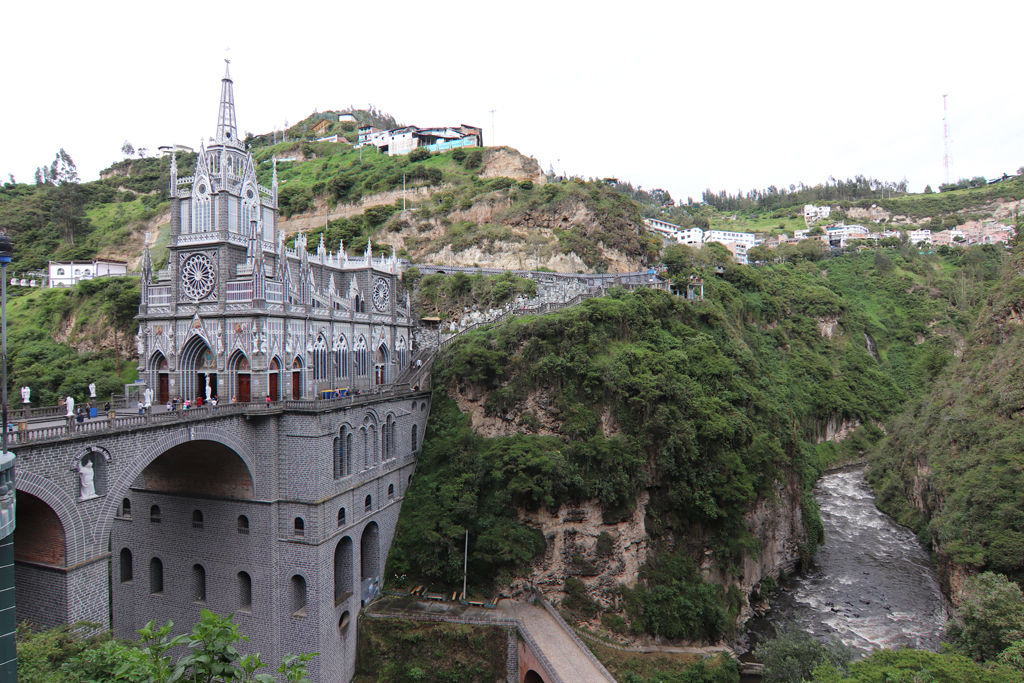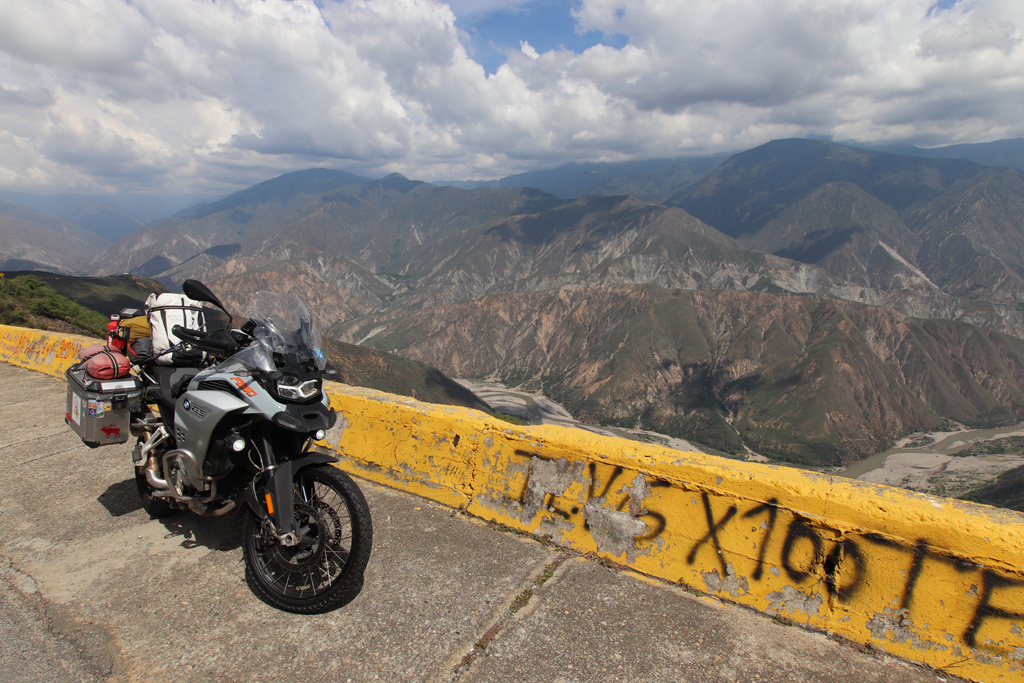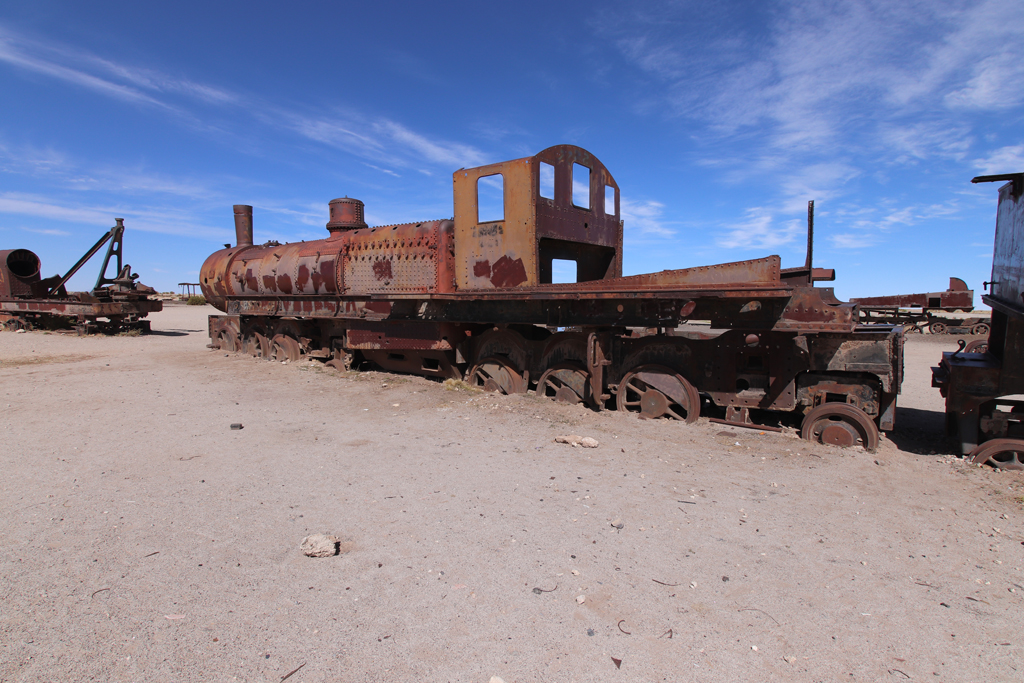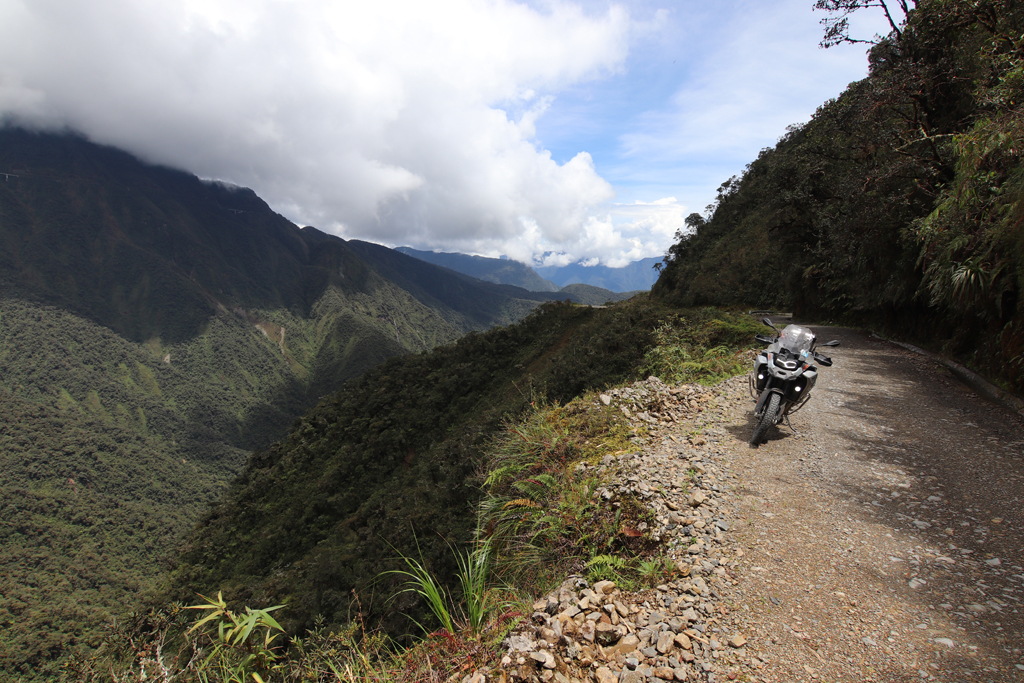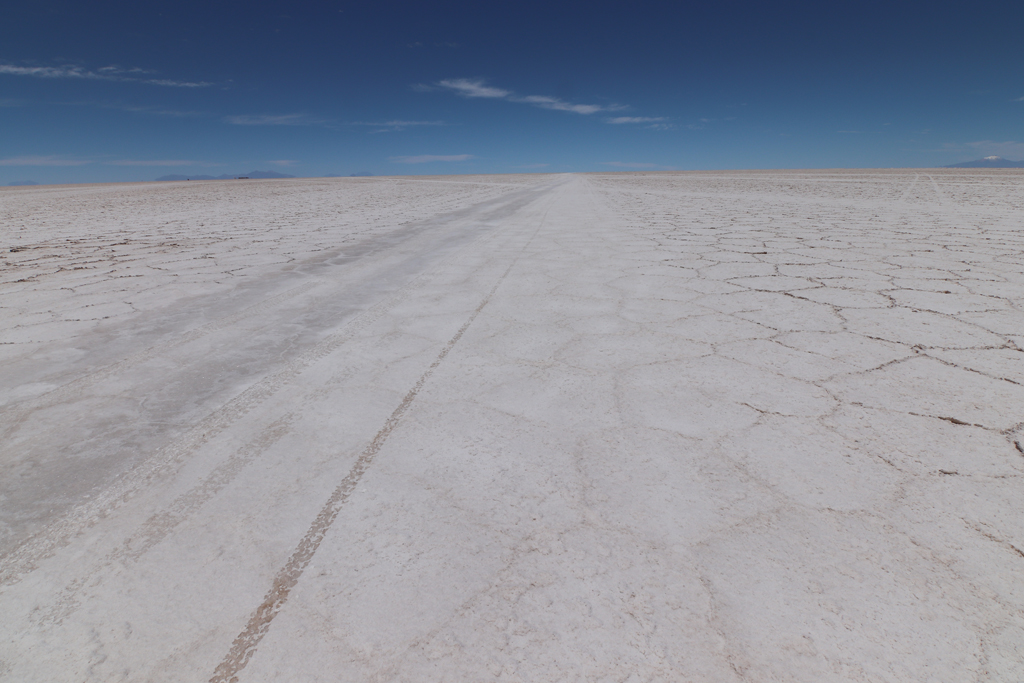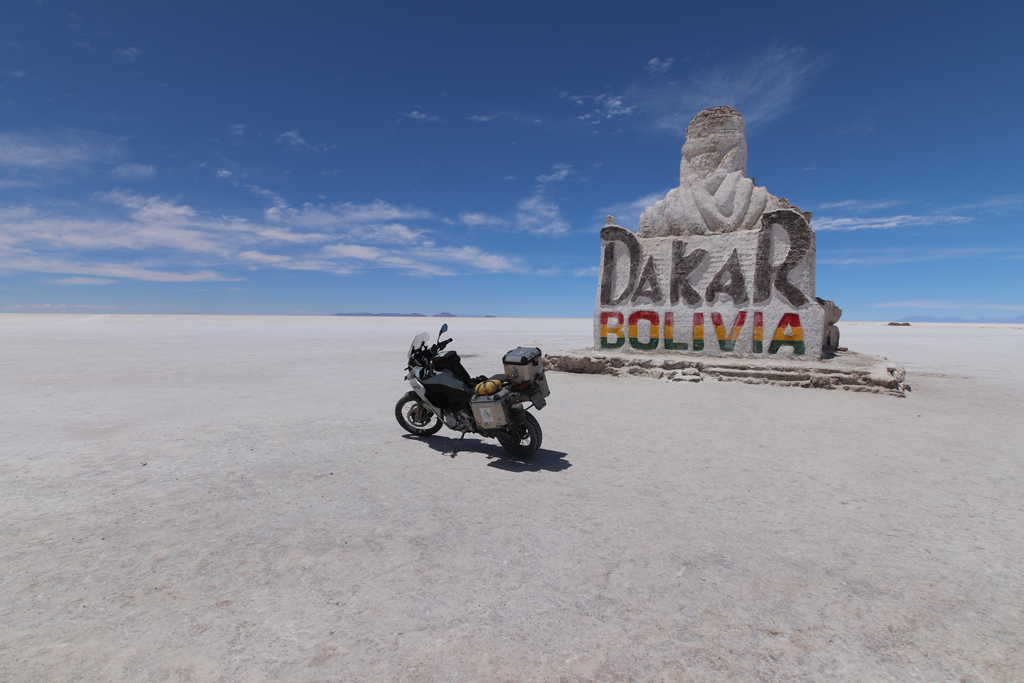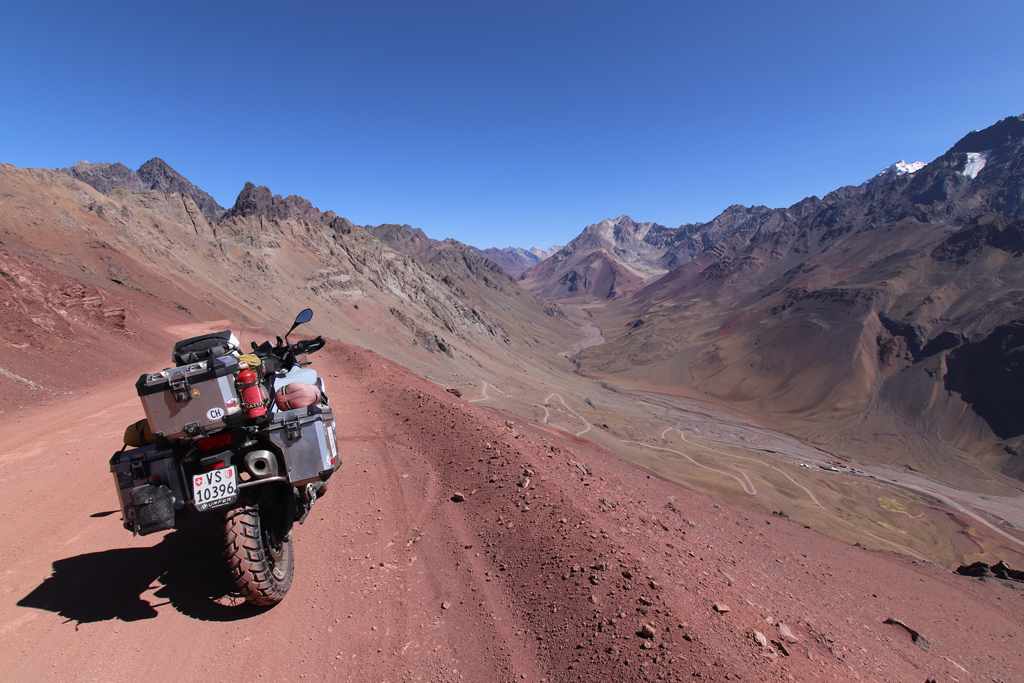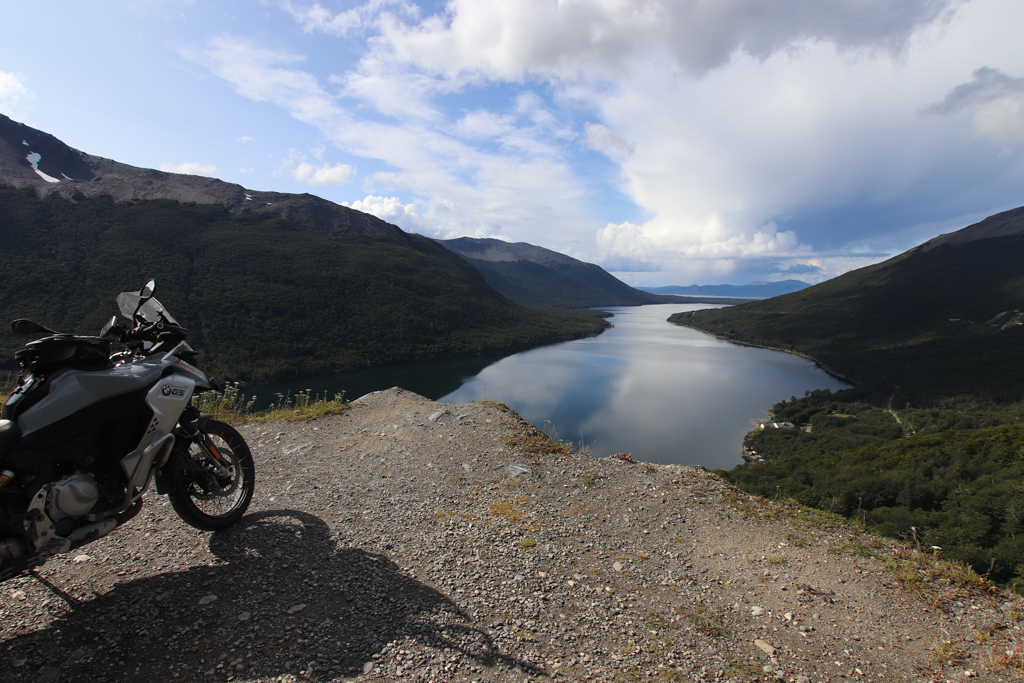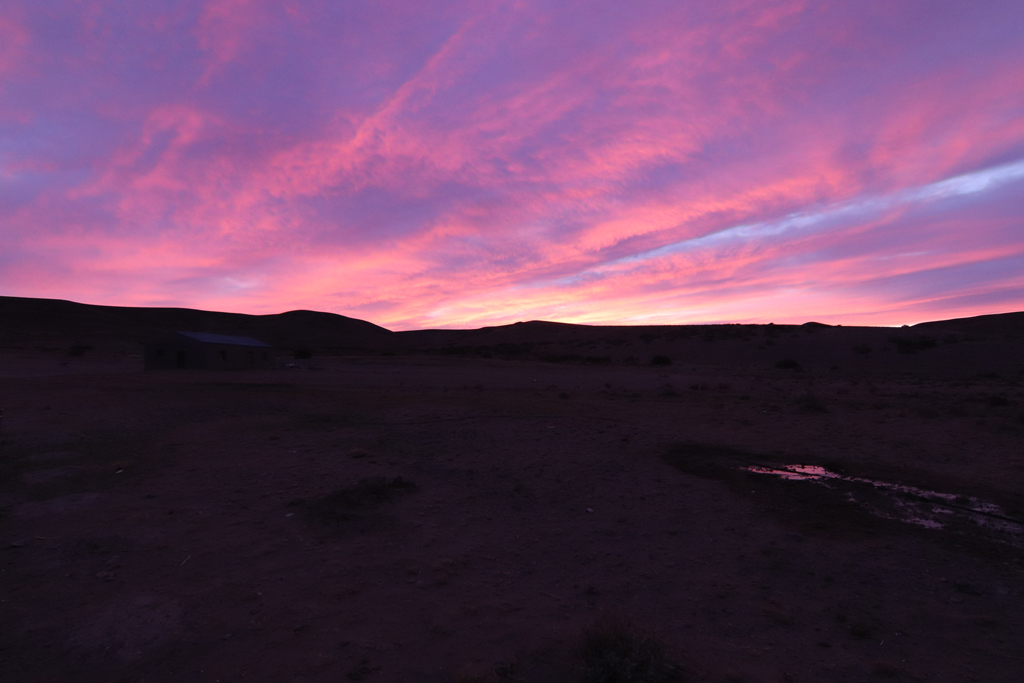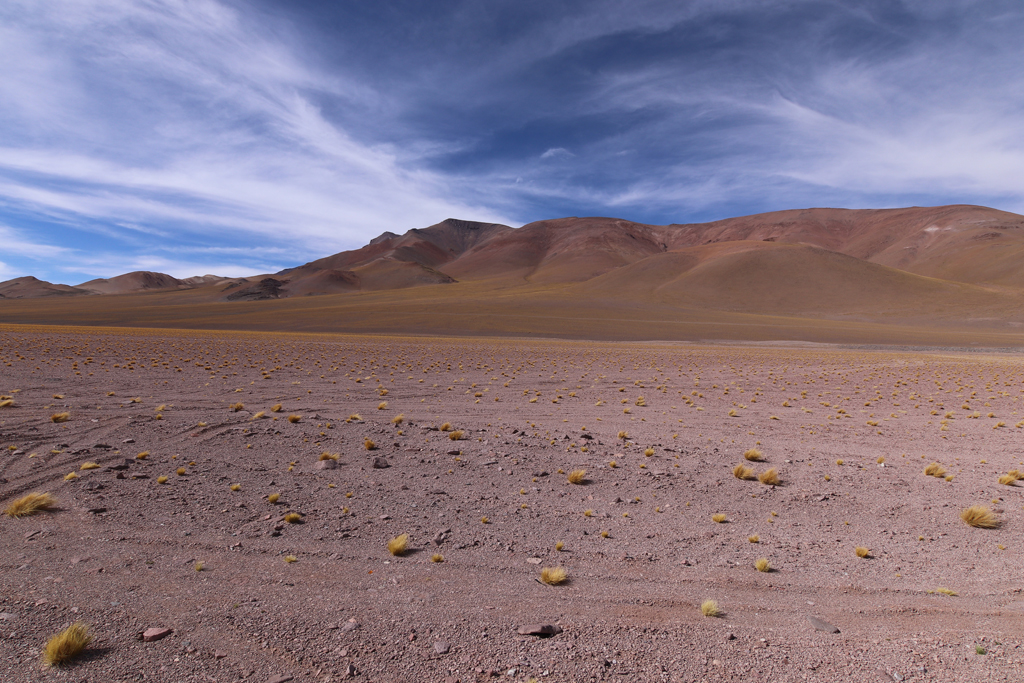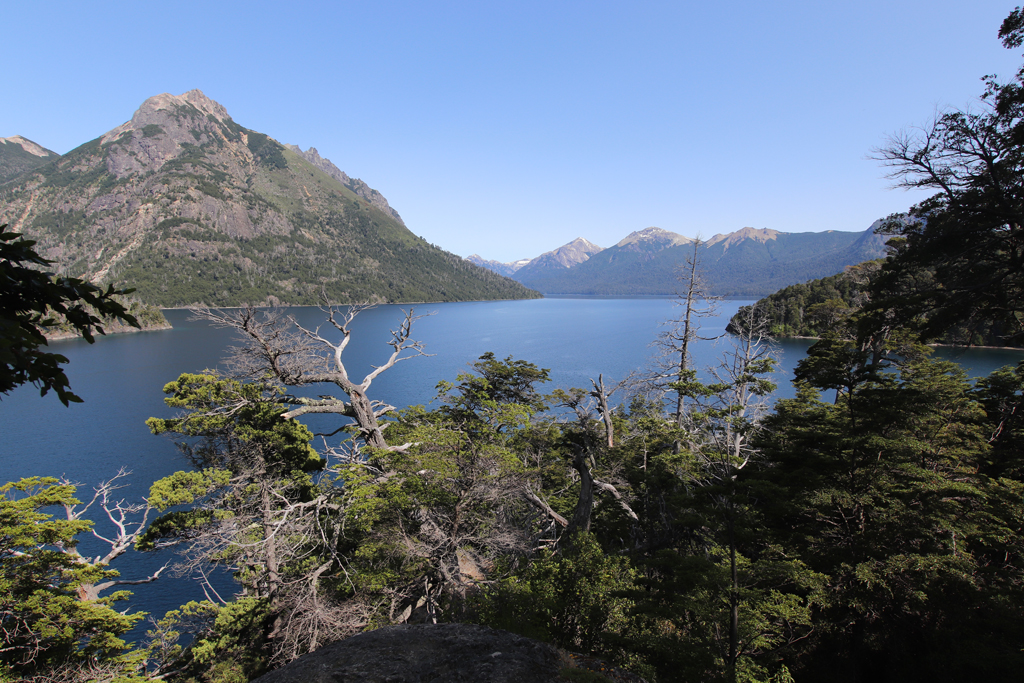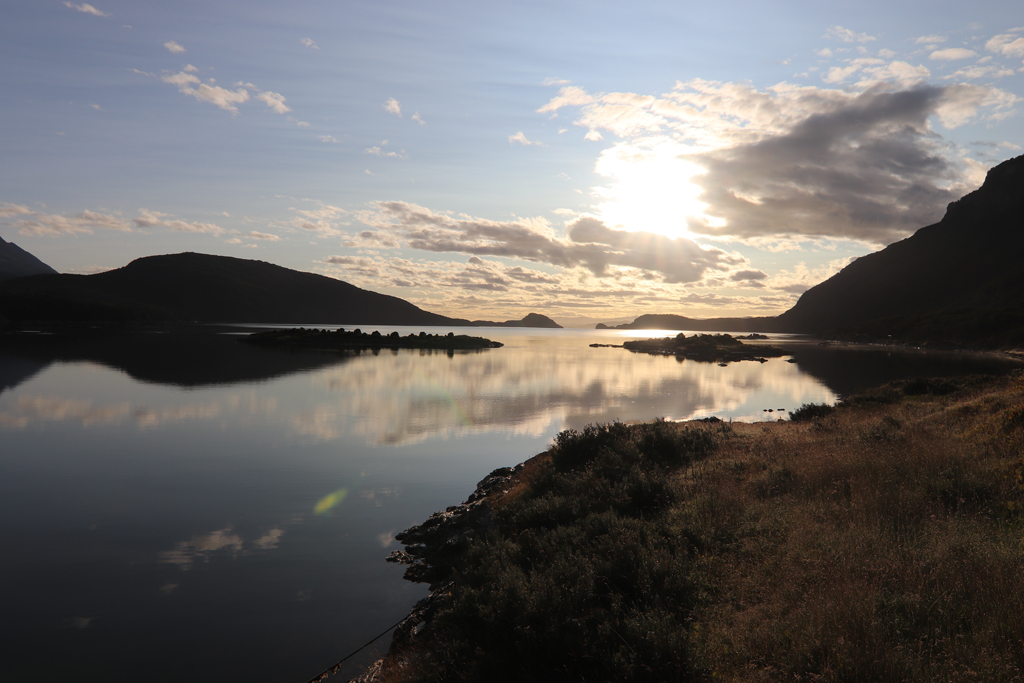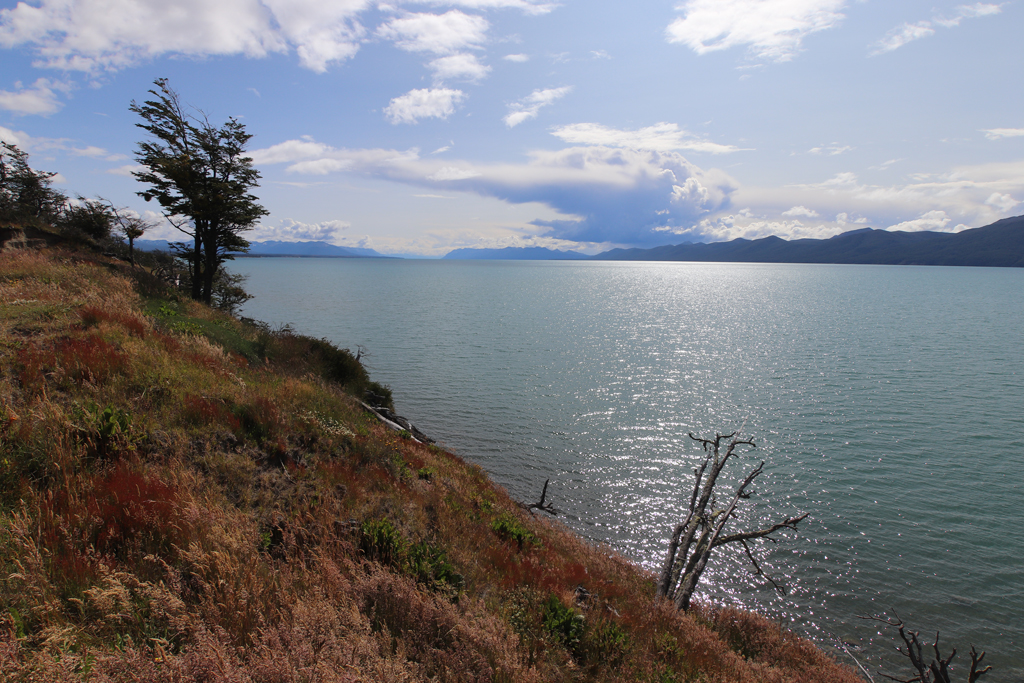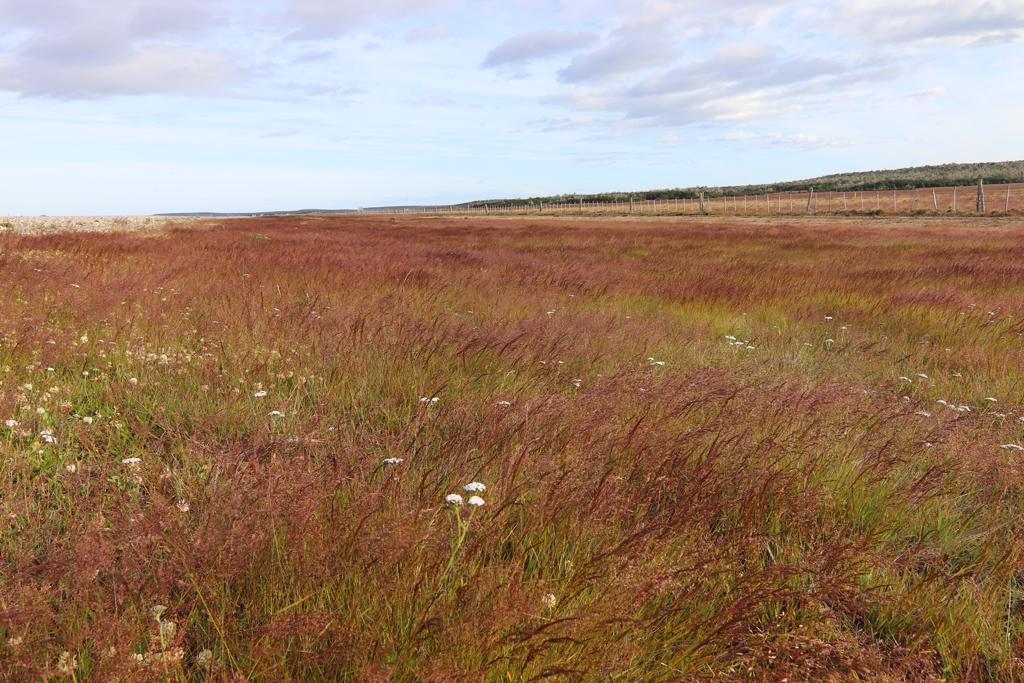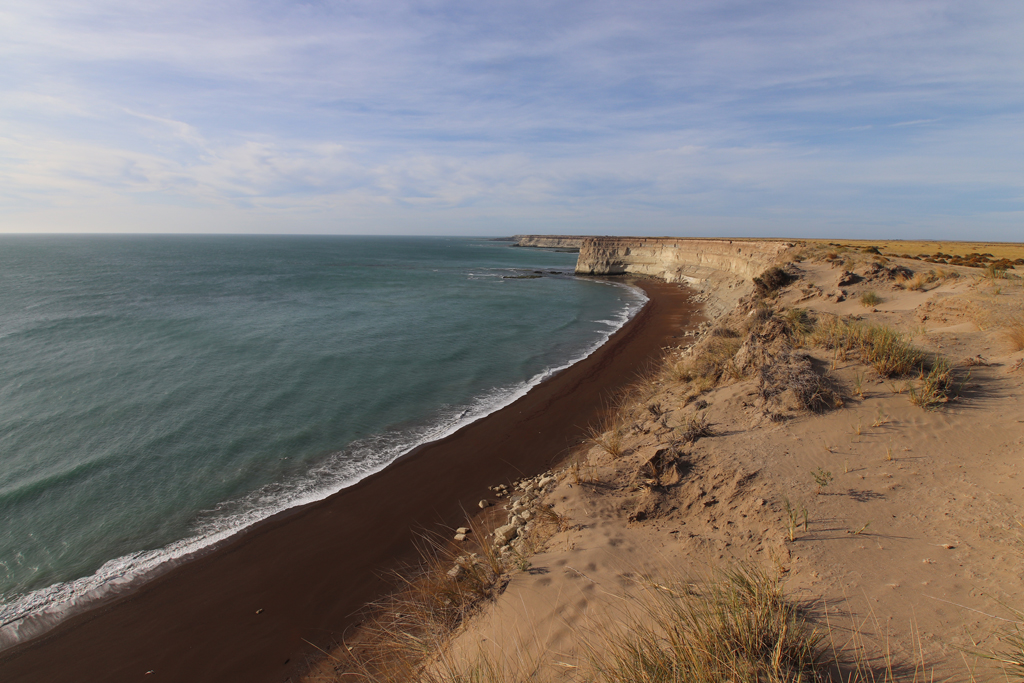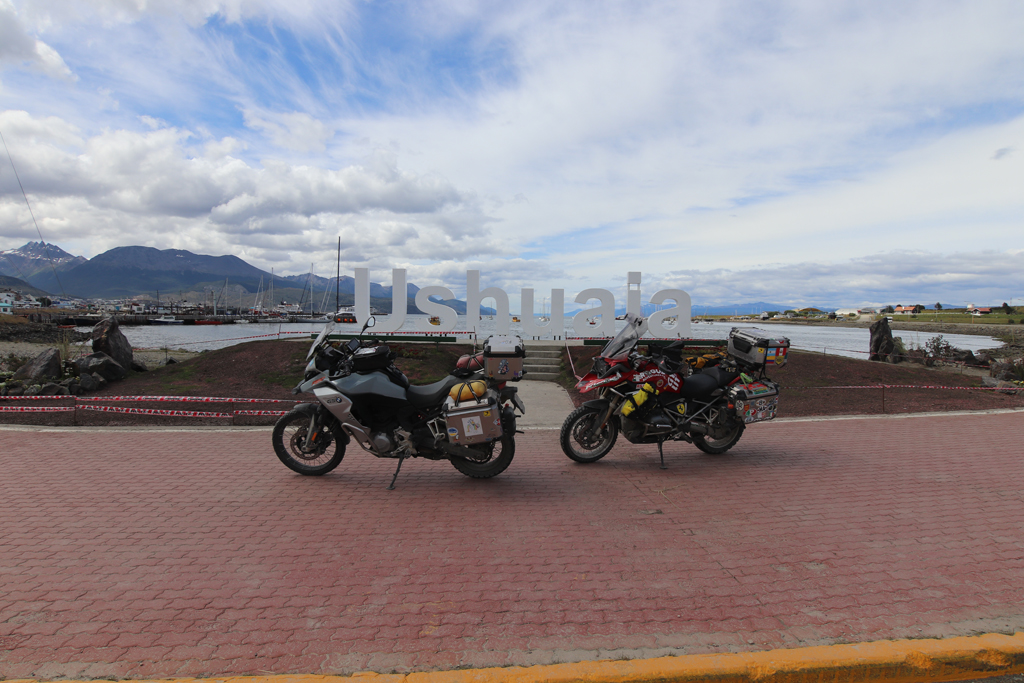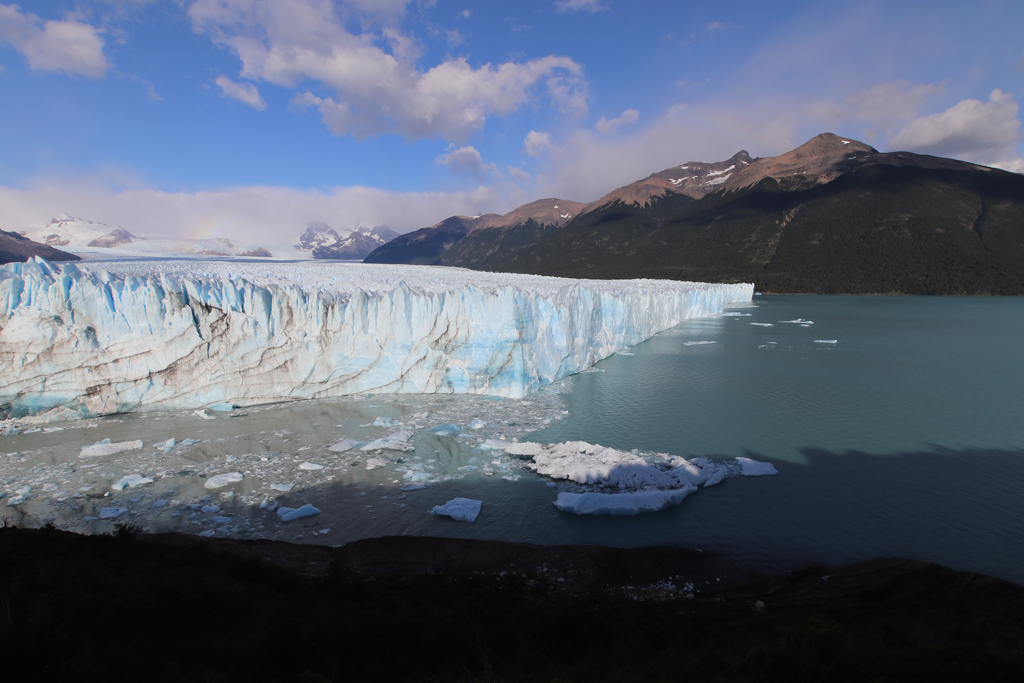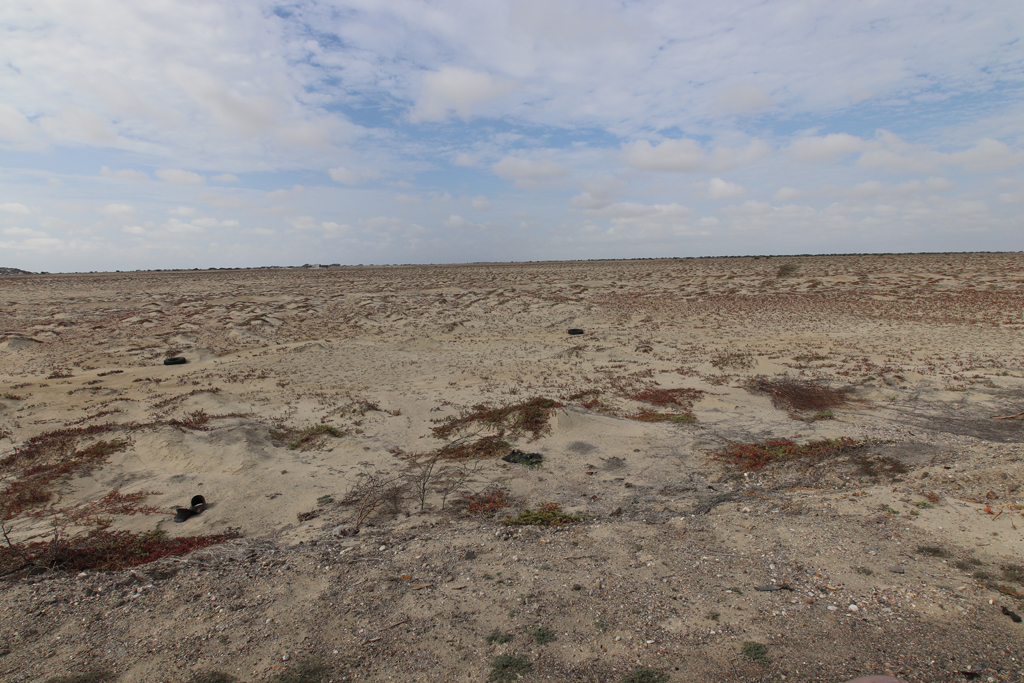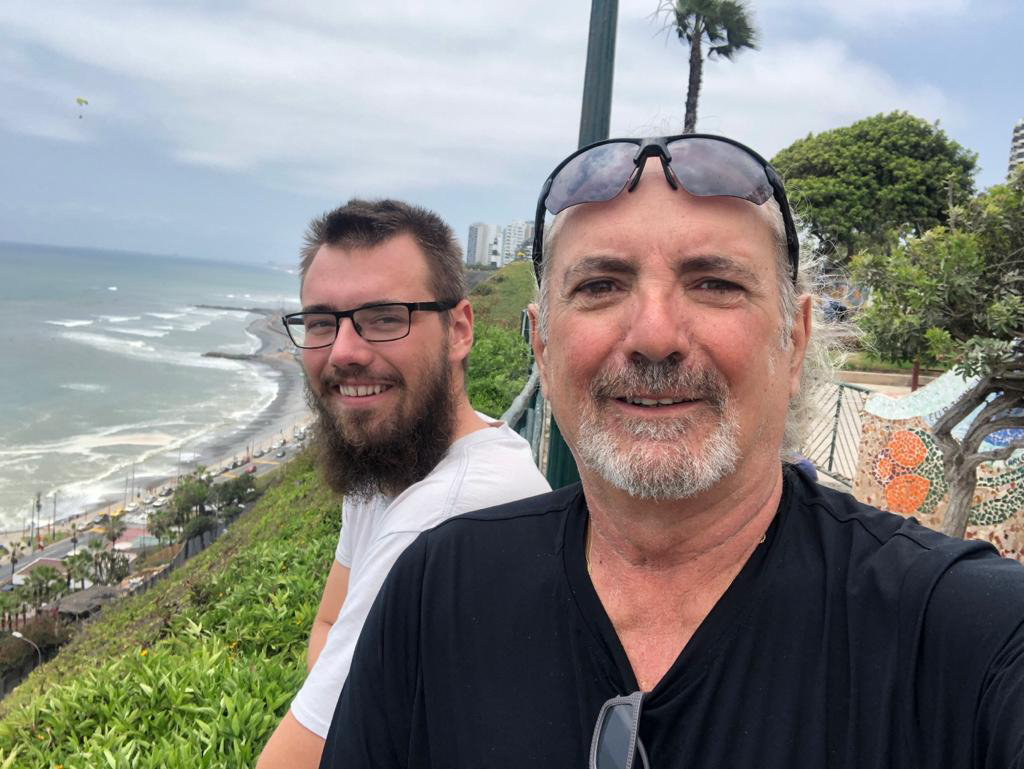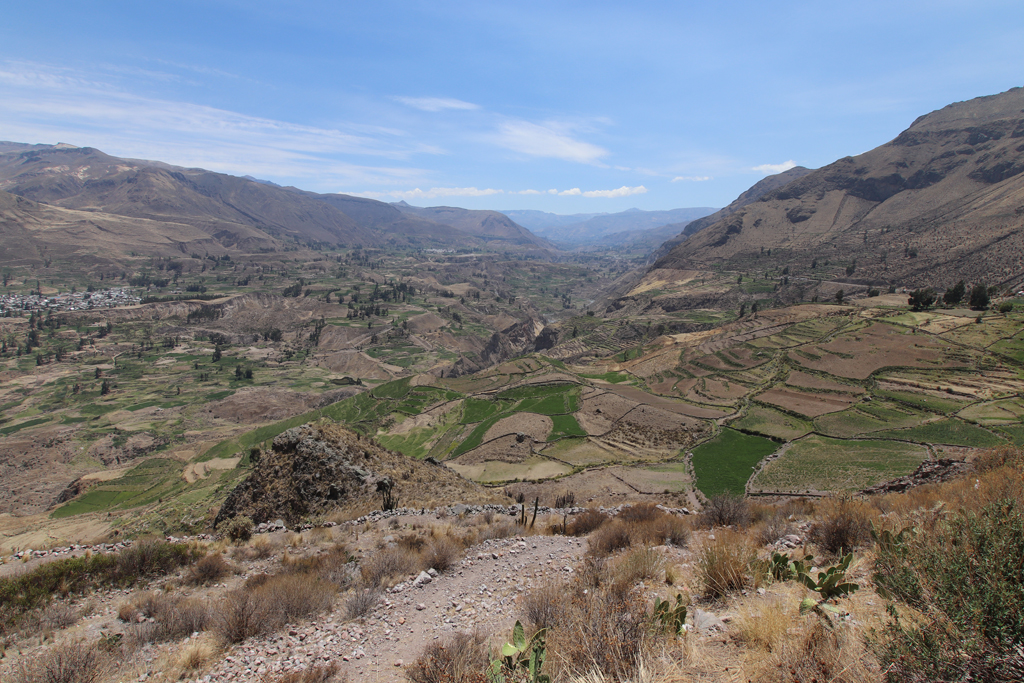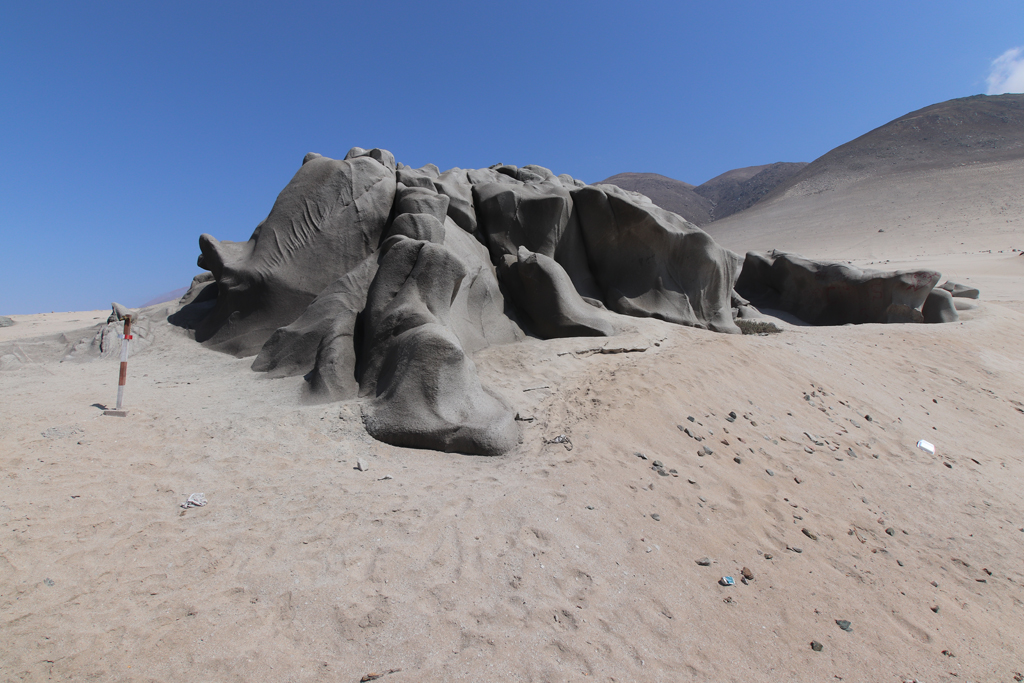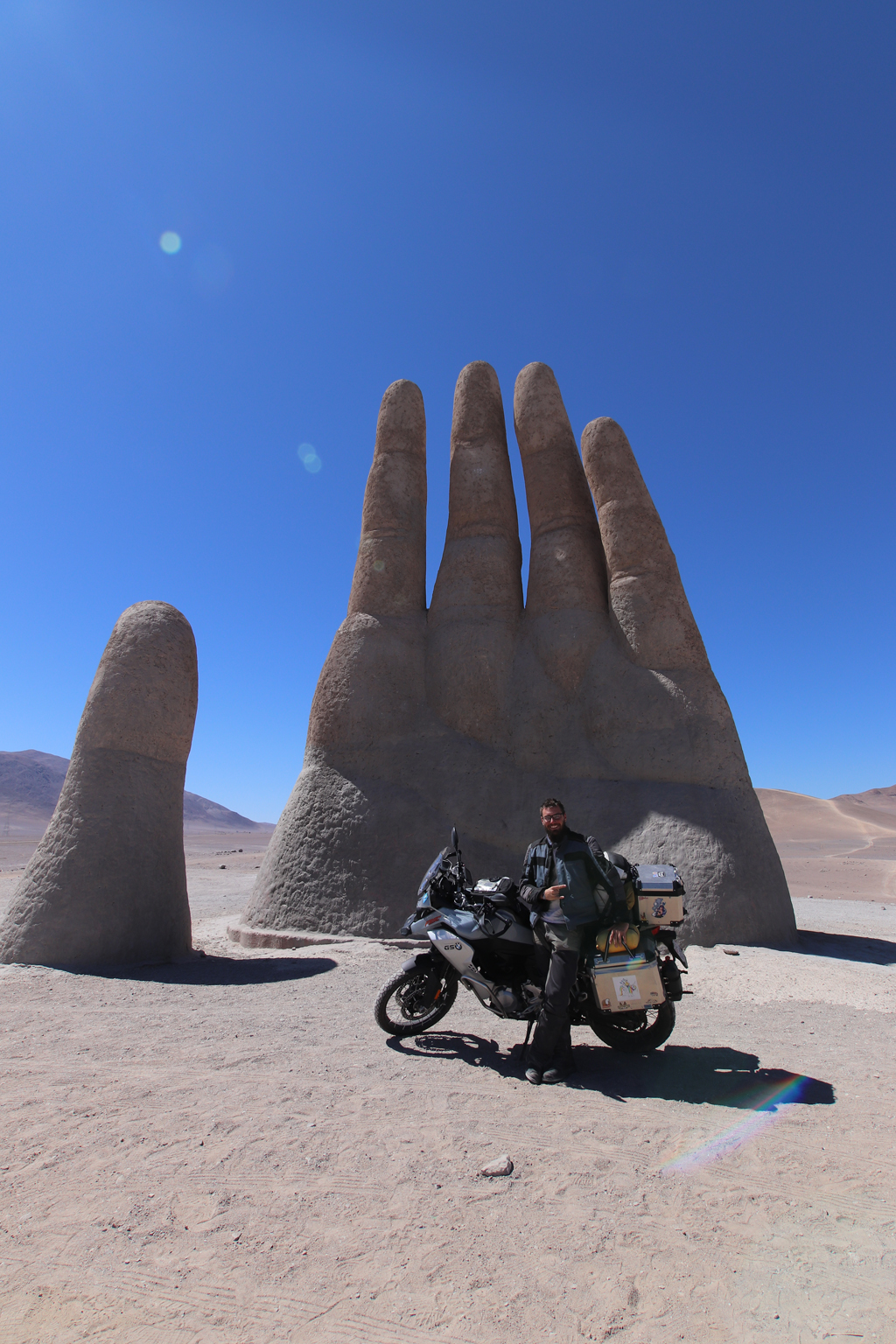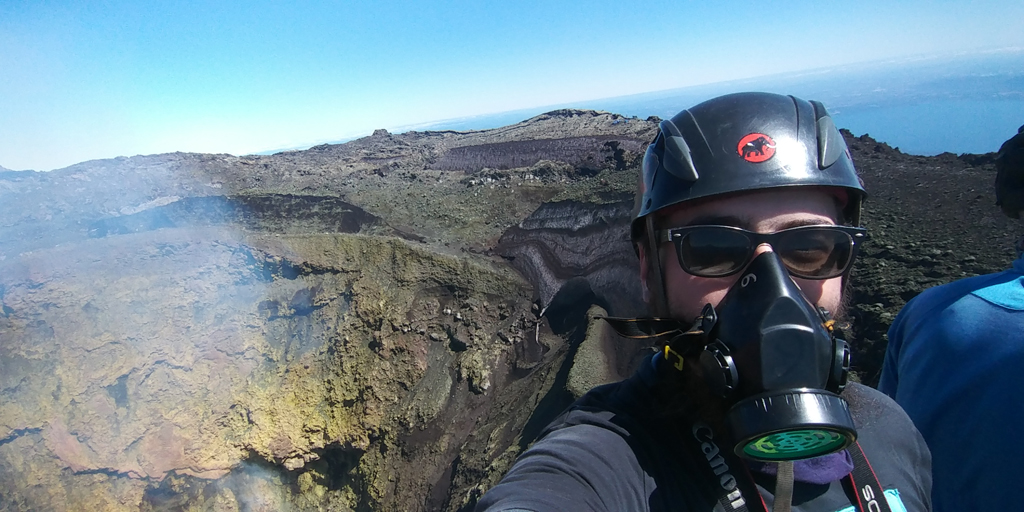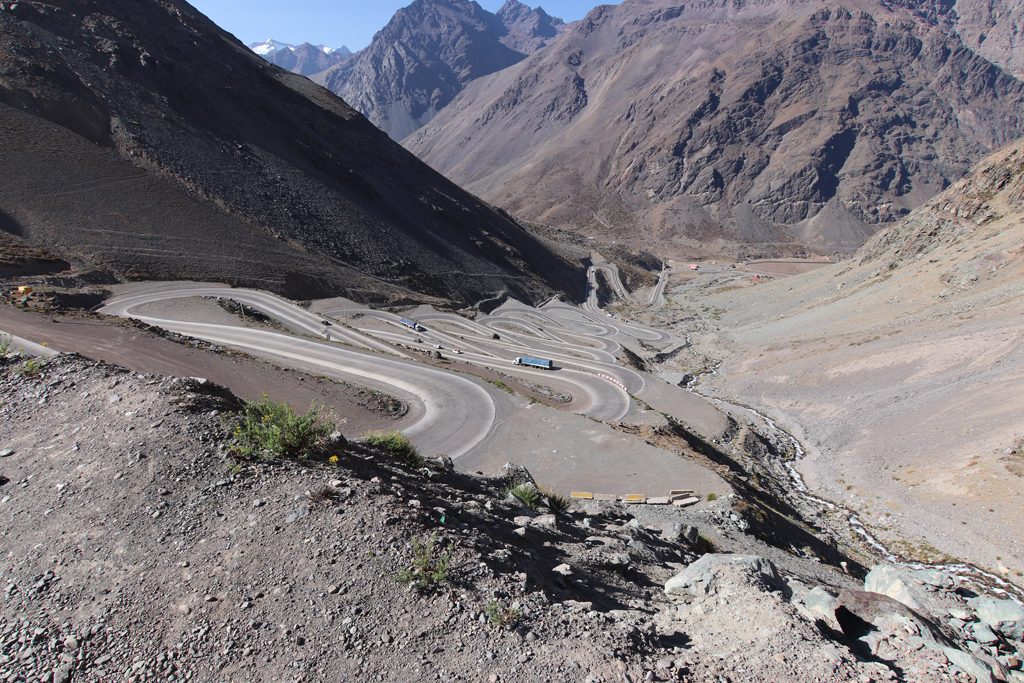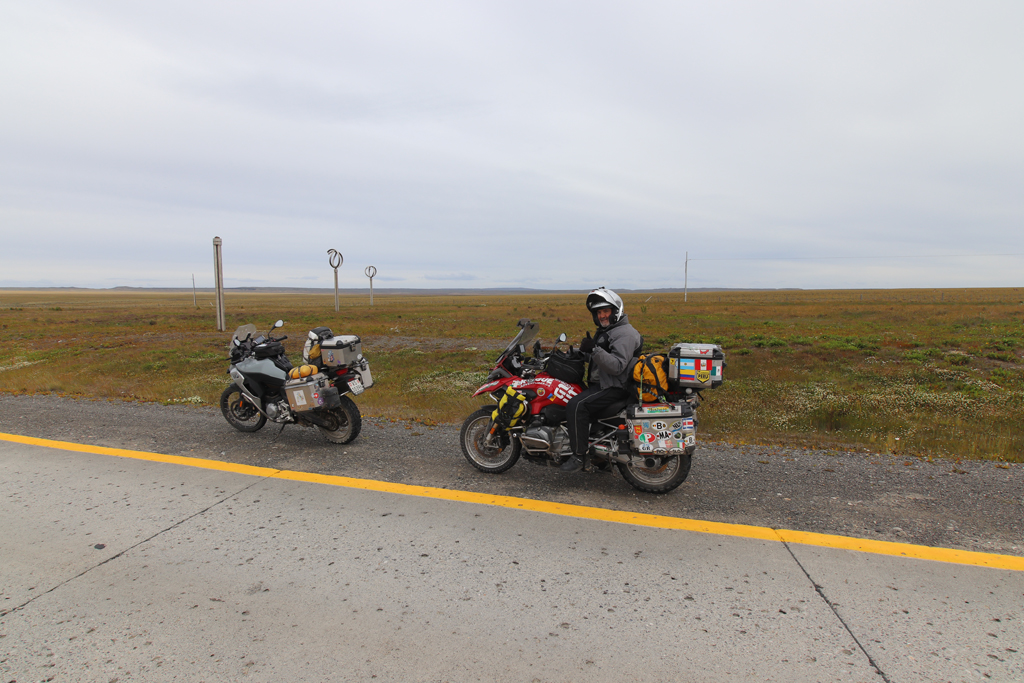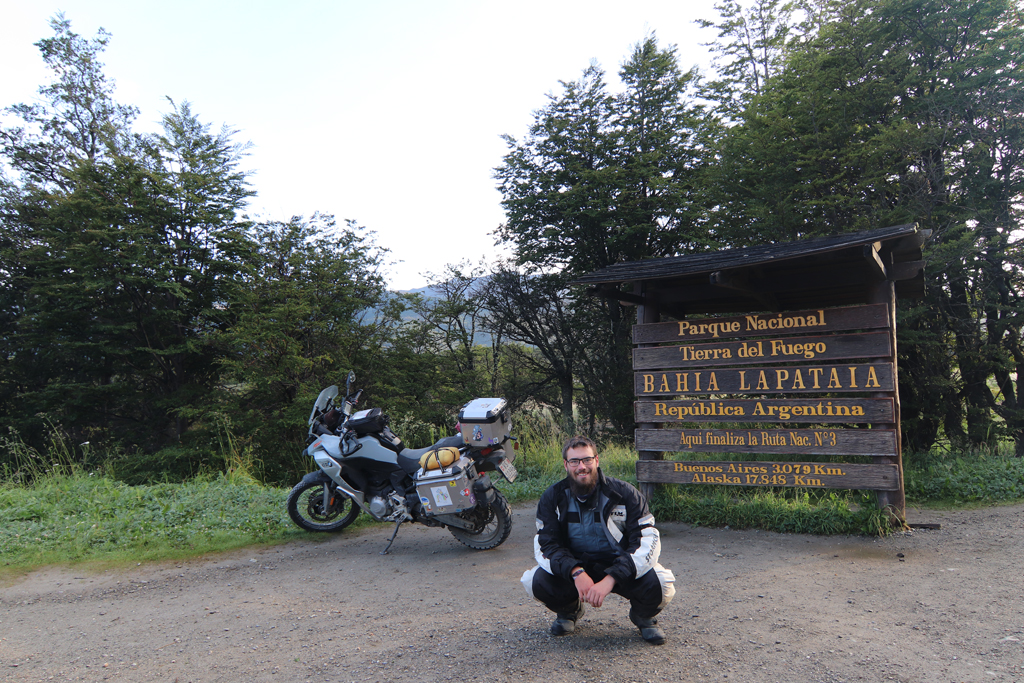To the end of the world
In previous articles, we published the first two parts of my interview with Jules Bruttin. Here is a quick review of that story so far: Jules is a young motorcyclist from Switzerland. At 23, he flew to America to discover the roads, the people, the landscape and the immensity of the continent. He landed in Montréal in early May 2019, rode all through Québec and the Maritimes, and came to visit me in July. He stayed a few days and, after this fine encounter, he left my place to continue his journey through Canada, heading to Alaska. He then rode south to discover the marvels of the American West and Mexico. His ultimate goal: Tierra del Fuego, at the very tip of South America—a fascinating 10-month road trip totalling 78,000 km on his 2019 BMW F 850 GSA.
Part 2 – Traveller’s Story – Ultimate Tour – Jules Bruttin in North America
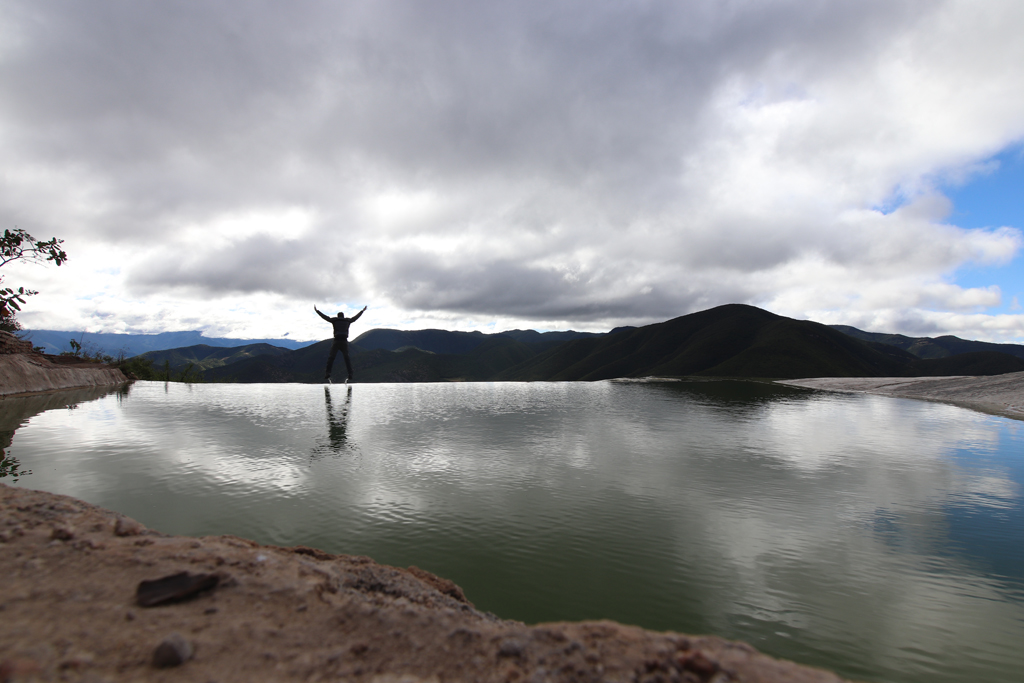
Zabel: When you made it to Mexico, you decided to take some time off to rest and recharge your batteries before going on with your journey. How was your stay in Mexico?
Jules: I had my fair share of problems when I arrived in Baja, California, including mechanical breakdowns. But on the other hand, I met incredible people and I even had the chance to swim with whale sharks, one of the biggest marine mammals on earth!
Then, I took the ferry to the mainland. Just before we landed, I learned that, in the very village I was headed to, they were arresting the leader of a drug cartel, and the retaliation was intense, to say the least. So I decided to spend the night in a different town. That event made me think twice, but I decided to keep going nonetheless.
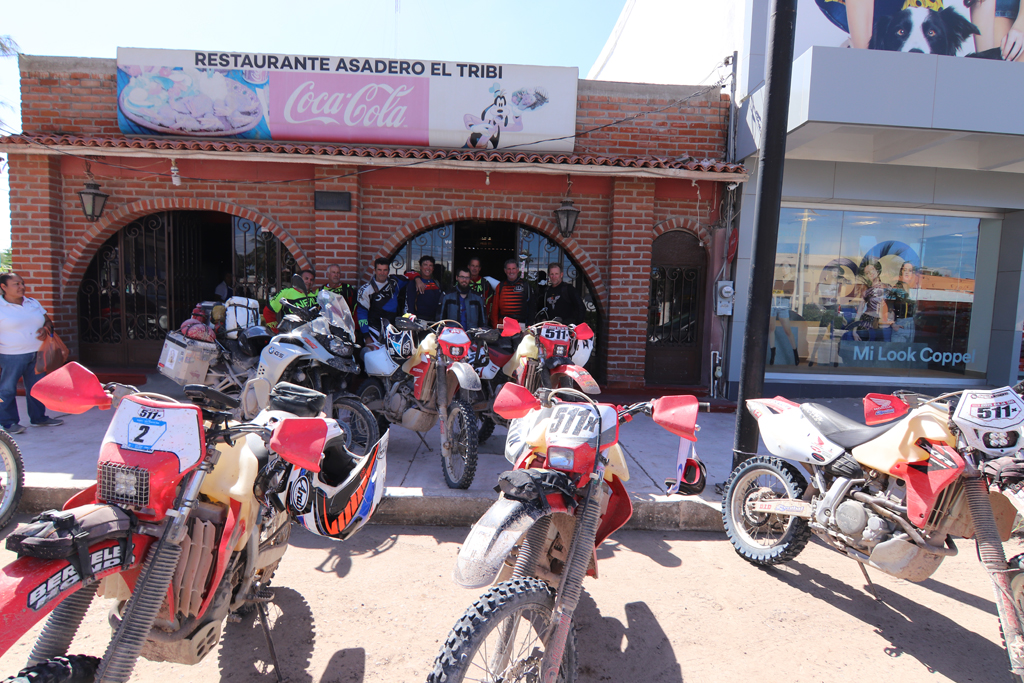
In Guadalajara, I met a fantastic French girl with whom I celebrated the Dia de los Muertos (Day of the Dead) on the island of Janitzio. Having the chance to live that cultural immersion, even if I was a foreigner and a tourist, made this day and night one of my finest memories, despite the rain. It was like being in the movie Coco!
I fell in love with all the other cities I visited afterwards: Taxco and its sloping streets, Guanajuato and its vibrant colours, and especially San Cristobal de las Casas with its unique ambiance.
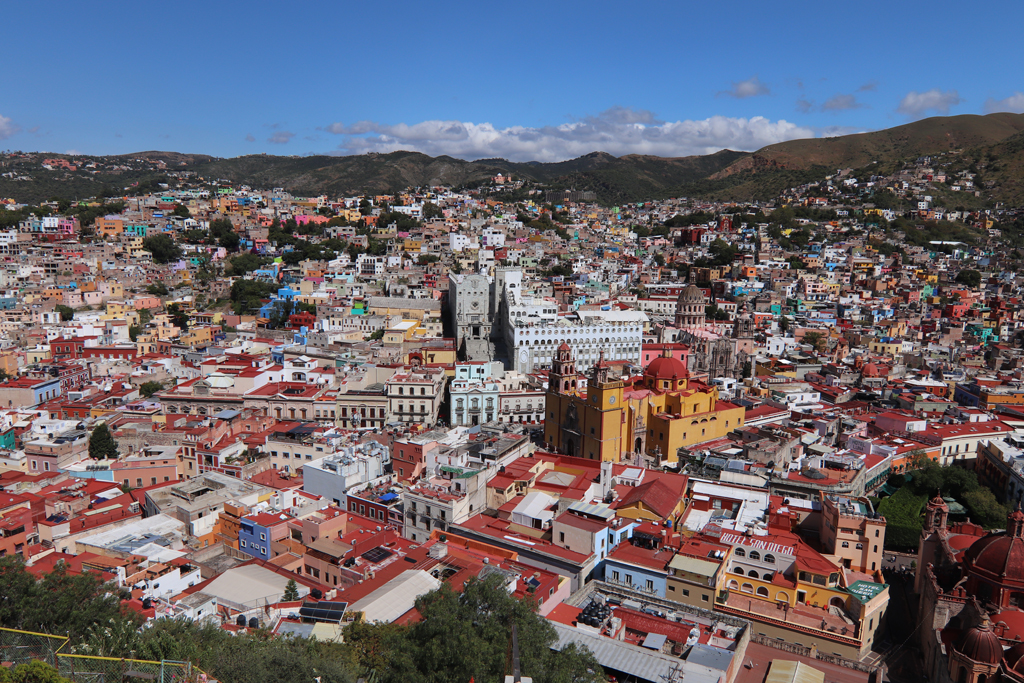
Zabel: Despite the uncertainties and the political climate in some South American countries, how was it to go through the borders?
Jules: My first crossing was somewhat laborious, but not all that bad. Then I got used to it and since the procedure was always similar, the next ones were easier.
The iOverlander application was very helpful, too. Everybody can feed the app with information ranging from the safest campgrounds to the easiest border crossing points. I used it a lot, so I would always be prepared when arriving to the customs. I also carefully checked money exchange rates before entering.
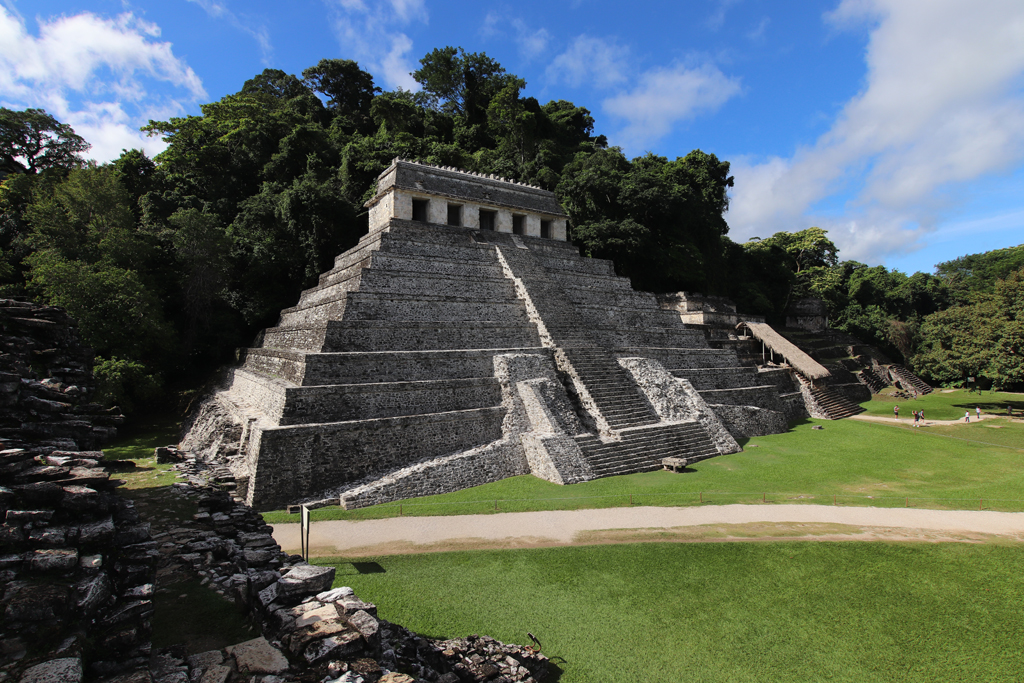
I did have a few problems, though. At one point, I met a guy, Robert, who was also experiencing difficulties with customs. Officers charged US$40 for border crossing services, an amount that did not make any sense at this particular location. The thing is that the closest ATM to get dollars was a two-hour drive away. So I lent him money. I knew we would meet again later because Central America is shaped like a funnel and all bikers eventually get to meet one another as they go south.
Customs are places where you can easily get swindled in a more or less legal manner, either by customs officers or the State itself, imposing exorbitant and unjustifiable taxes, or by people just hanging around. But if you are aware of the situation, watchful and have a little luck, you will go through without any worries. It also helps to act with self-confidence, and be able to bluff once in a while.
- For example, you need to have a proof of insurance to enter Argentina, but I did not have one at that So I showed my Swiss insurance papers (that were not valid in Argentina, of course) and claimed with confidence that I was covered!
I must admit that it was easier to bluff because I only needed to go through a small portion of the country, and I knew I would not spend more than two days in Argentina.
- Another time, the customs officer forgot to register me in when I entered the So it’s at the exit border, when they asked for my papers, that I had problems.
But since many cyclists and motorcyclists regularly go through customs between Chile and Argentina, they were understanding and finally, they let me out fairly easily.
- My longest border crossing was between Ecuador (less than 10 minutes to get out) and Peru (more than four hours to get in).
There was a lineup of 20 people patiently waiting. With each of them, the customs officer would talk for 15 to 20 minutes. Not because he was zealous, but because he was apathetic and absolutely lazy.
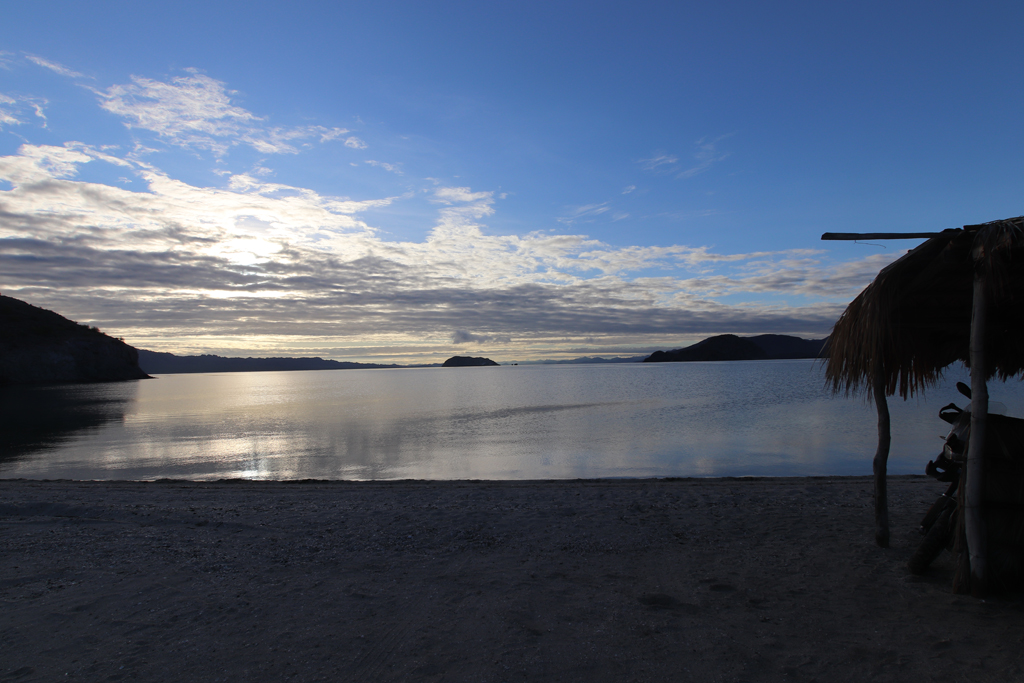
That being said, I want to insist on the fact that even if Central or South American countries are run by governments that may seem somewhat unsafe, the people that you meet do know the difference between a tourist and a troublemaker (with an exception for visitors from the United States, who are not so welcome).
Many travellers I met on my trip told me about road blocks or riots, but they said that it did not cause them any real problem (besides some fearful moments). People may be angry at their government or want to decry inequities but we have nothing to do with that.
Of course, a bad encounter is always possible, but I really do not want your readers to think that these countries are extremely dangerous.
A few people told me that they inadvertently ended up in the middle of a riot, but as soon as the locals realized they were tourists, they opened up a passageway so that they could leave.
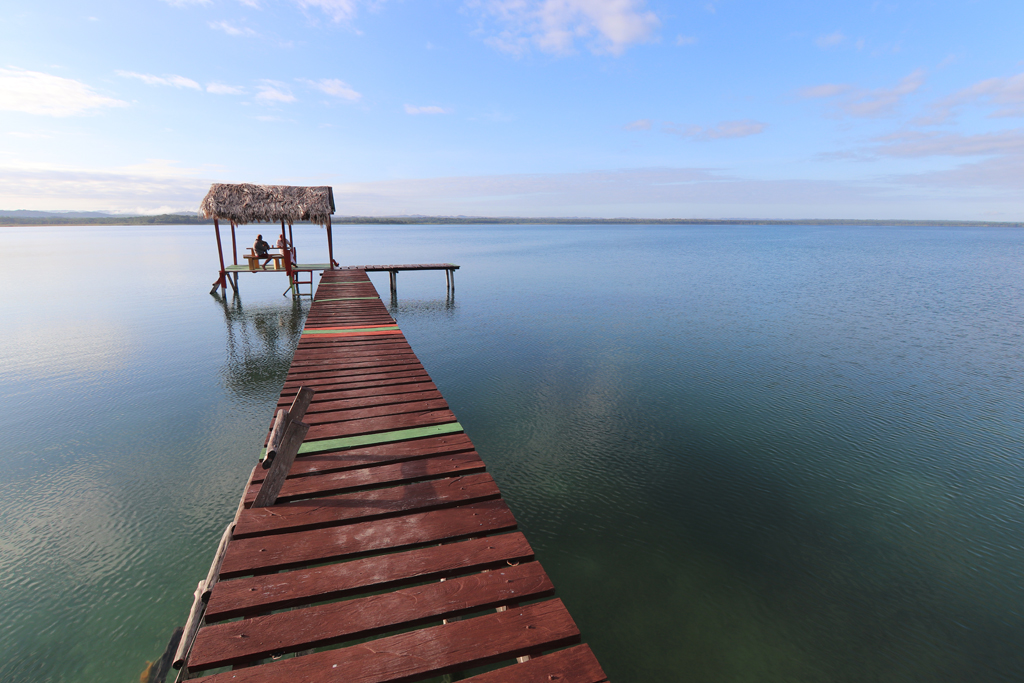
Zabel: What countries did you go through to reach your ultimate goal? What impressed you most in the course of the thousands and thousands kilometres you rode south of the United States?
Jules: After Mexico, I went through Guatemala, Nicaragua, Honduras, Costa Rica, and then stopped for a little while in Panama.
In Nicaragua, I was shocked by the water shortage problems, especially since I come from a country where this resource is abundant. In the course of this journey, it made me sad to realize that water is not easily available for everyone, especially drinking water. People often walk kilometres to get some. That’s something we forget too easily.
In Panama, I took a few days off before embarking on the sailboat that would take me to Columbia. There were quite a few other bikers around, waiting for the same boat. One day, I was entitled to my first real deluge. In no time the streets were covered with 45 cm of water. I let out the kid in me and went playing in the streets with water up to my knees!
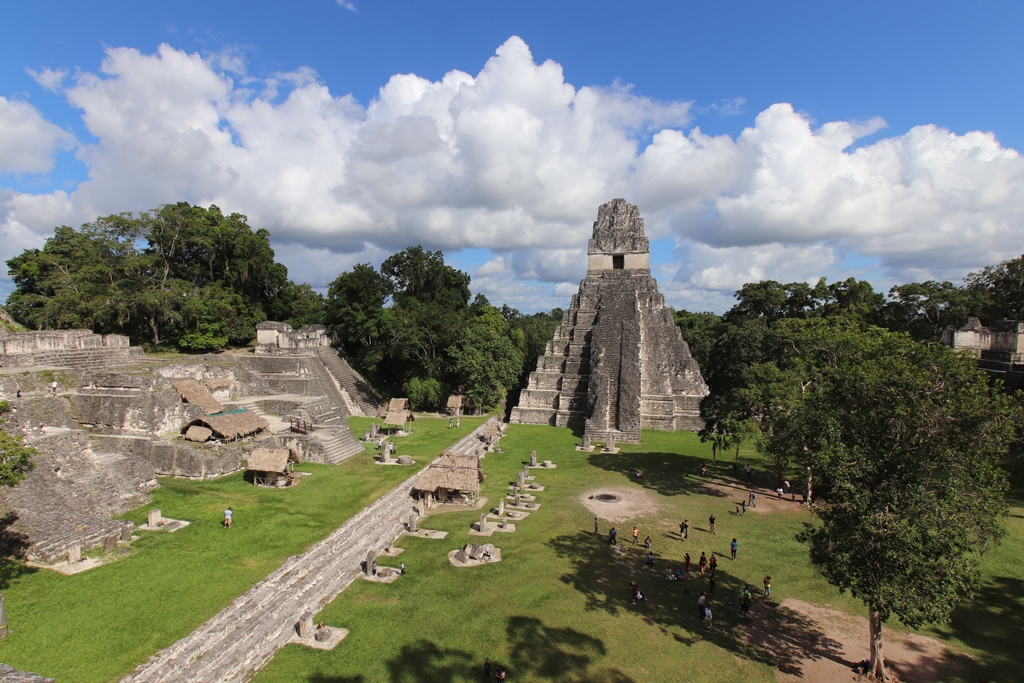
Then came the sailboat, and especially the moment where they had to take my motorcycle on board. I think that was the biggest fear I had in this trip. I saw my bike, held by just a few simple ropes, fly over the water from the dock to the boat; I was shocked.
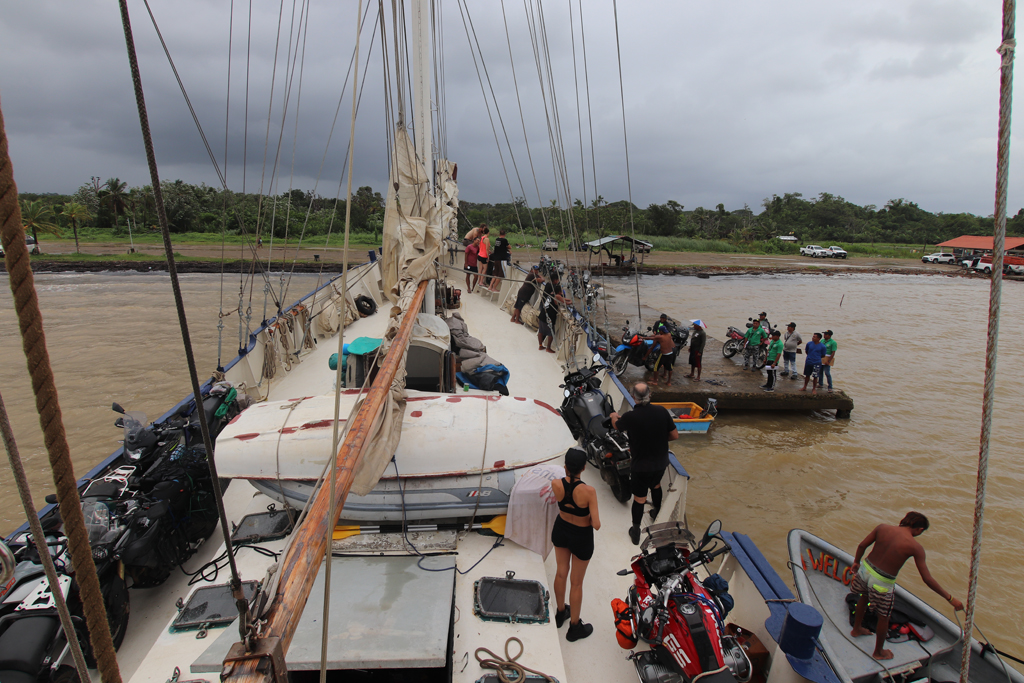
We spent one morning in the San Blas Islands before sailing off again, escorted by more than a dozen dolphins. That epic crossing left strong memories and forever friends. We were 20 bikers on the Sthalratte, the sole and only boat to offer transportation between Panama and Colombia. We spent only four or five days together but I now consider them as part of my family. We were timeless travellers on our motorcycles. (In the course of this interview, I learned that, sadly, this boat service was no longer offered. Plane is now the only solution. As for land transport, forget it: there is no road to speak of through the 200 km of jungle that separates the two countries, and this territory is a hideout for crooks and traffickers of all kinds.)
When we landed in Cartagena, I was surprised by the high level of heat and dampness. Another surprise was the fine (well, not that fine) layer of mildew on all my things. The rain falling on our stuff before getting on board, with the resulting humidity in the baggage hold, created perfect conditions for multiplication of these microorganisms. My first task upon arrival was to clean it all with vinegar.
In Columbia, my first goal was to meet a Swiss friend, Claude, living in the country at that time with his girlfriend, Laura. I spent a week with them as they kindly guided me all around. Laura’s family generously lent me an apartment that belonged to one of their aunts. That week was filled with great experiences: I attended a baptism where Bjorn (my motorcycle) was treated as a star, I tried bungee jumping, tasted great local specialties and learned rudiments of Spanish.
Back on the bike, I headed towards Ecuador. I liked this country in particular because it is pretty similar to Switzerland. It’s very clean and has lots of high mountains.
Of course, I stopped on the line that separates our globe in two, and took a picture before continuing south to Peru.
After crossing the border, I “slept” in the shabbiest hotel I had ever seen (the only one in this shady town). I was introduced to bedbugs, an appalling experience that I never want to live again. At five in the morning (which is very early in South America), I was already gone and far away.
The next day, I got the saddest news of my whole trip, and one that affected me most. One of the bikers I met on the sailboat Sthalratte, and that I respected deeply, had died. That was a huge shock and a very tough reality check.
As you can imagine, at this point, Peru was at the very bottom of my list of recommended countries.
For Christmas, I joined Robert in Lima, the capital. I also wanted to see a member of my family who lives there and with whom we had lost touch for more than 40 years. I made a short video for my grandmother; it went all around the family and was a highlight of my trip.
I then continued with Robert down to Arequipa and we split the day after New Year’s Day. I wanted to go east to Lake Titicaca; he wanted to keep riding south along the coast line. I must say that the magnificent coastal road south of Lima did a lot to help me make peace with the country; the fine mountain roads and Colca Canyon did the rest. I’ll be back in Peru one day, but I’ll know where to go.
Next destination: Bolivia through the Camino de la Muerte (Death Road) and the Salar de Uyuni (Uyuni Salt Flat). Bjorn did not enjoy the ride in this super salty environment.
From the Salar, I could take three different roads: the one considered the “main road” goes through Argentina and then back to Chile, the second goes through the Salt Flat, and the third one is the Route of the Seven Lakes. Going through the Salar without good knowledge of this environment would be totally foolish, and the Route of the Seven Lakes is one of the toughest you can think of. It’s a sand road where you can easily get stuck, and it’s very complicated to follow. Friends who did it had estimated this to be a two- or three-hour ride; it took them more than nine hours, and that was in fine weather!
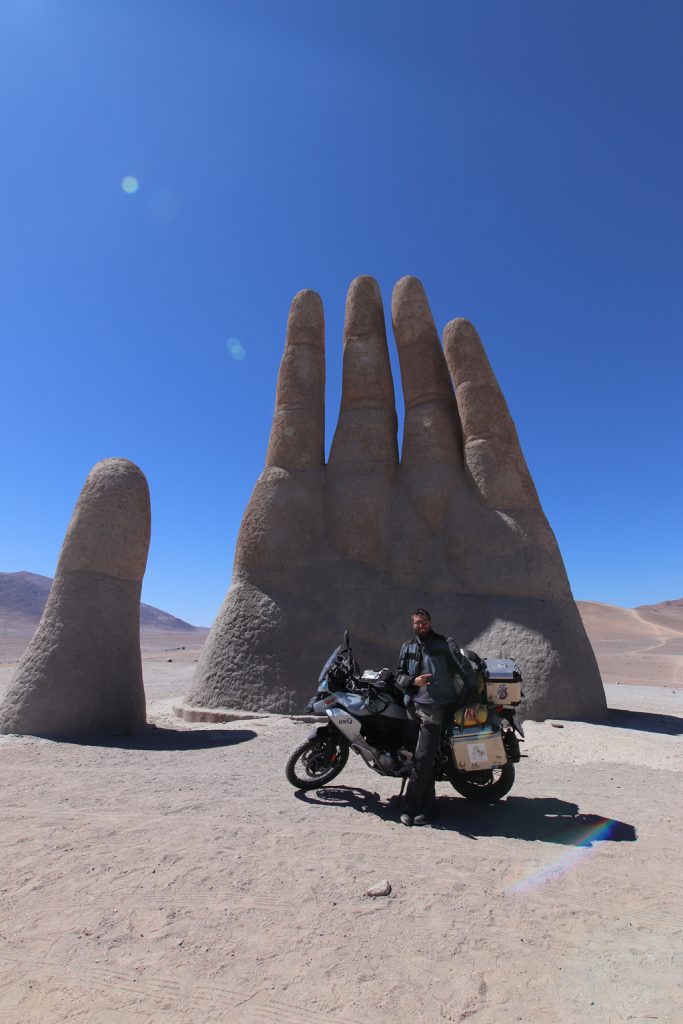
After a quick hop through Argentina, I entered Chile through one of the highest mountain passes I ever rode with my bike (4,200 metres). Bjorn had a hard time with the rarefied oxygen. On my way to Santiago de Chile, I stopped to shake hands with the Mano del Desierto (Hand in the Desert, a fine giant sculpture).
In Santiago, I took time to organize the details of my trip back home, and then I hit the road again towards my final goal. Back in Argentina, I rode along the mountain ridge, travelling on long sections of gravel or sand roads. Then I was greeted by wild winds in the vast desert plains. I had not ridden through gusts of wind as powerful, at least not since I was travelling across Canada.
The most interesting places on that portion (and probably the only ones) were San Carlos de Bariloche, El Calafate and Mendoza. Many people had told me that San Carlos de Bariloche was like a Little Switzerland, and I must say that, for once, that was right. A long time ago, a Swiss colony was established there and you can still enjoy the typical architecture and ambiance in the tourist village section. It was quite peculiar for me to be there and see that a small country like mine could leave such a mark in faraway Argentina. In El Calafate, I joined Robert once more. That was one of the few nights where I celebrated in excess.
The next day, very early in the morning, I went to the nearby National Park to enjoy the spectacular view on the glacier and the turquoise waters down below. A calm, relaxing, meditative moment. And then, on the road again with Robert, heading to the small town of Ushuïa. We had to go through numerous border crossings to reach that small part of Argentina isolated from everything. The destination I had been dreaming of for so long was suddenly within reach. The landscape along the road to Ushuïa is fairylike. The water of the lakes and lagoons has a blue colour I had never seen before. In the flat sections, they are surrounded by contrasting red and yellow grasslands.
But in Ushuïa, you’re not at the end of the road yet. You still have to ride into the National Park, which I did, alone, at dawn once again (my Swiss habits are hard lived).
“I watched the sun rise on the horizon with feelings of wonder, stupor and jubilance all at once. I think my brain had not realized yet that I was living such a crazy and awesome adventure. But through that hour where I watched our sun rise into the sky, I became aware that I had done something wild and beautiful.”
Zabel: Tell me about motorcyclists you met on your way.
Jules: Amongst the 20 bikers on the Panama ferry, I especially remember Paul, aged 70, and walking with a wooden leg. He did the same journey I did. With his friend Gary, they were proof that age is no excuse.
There were three Europeans on board, including Luca. This guy originally from Italy had been travelling for a lot longer than me. He had left his motorcycle in Central America for a year, and now he was back on the road. He does that regularly: travel for a long period, go back home, and travel again (Instagram: Old.Wild.World). He wrote a very good article on travellers faced with service closures in the context of COVID.
A little past San Pedro de Atacama, I chatted with a French guy, aged about 25. He had flown to Santiago de Chile where he bought a motorcycle and was headed to Ushuïa. Small but important detail: he had never ridden a motorcycle before in his life. The only time he drove a two-wheeled motorized machine (a scooter), he ended up into a wall. I saw him again in Santiago, just before going back to Switzerland. He had found love and had decided to stay a few more weeks. In Santiago, I met many very nice French people, but none of them were riding motorcycles. I also met a German cyclist with whom I shared a room on the road along the mountains in Argentina.
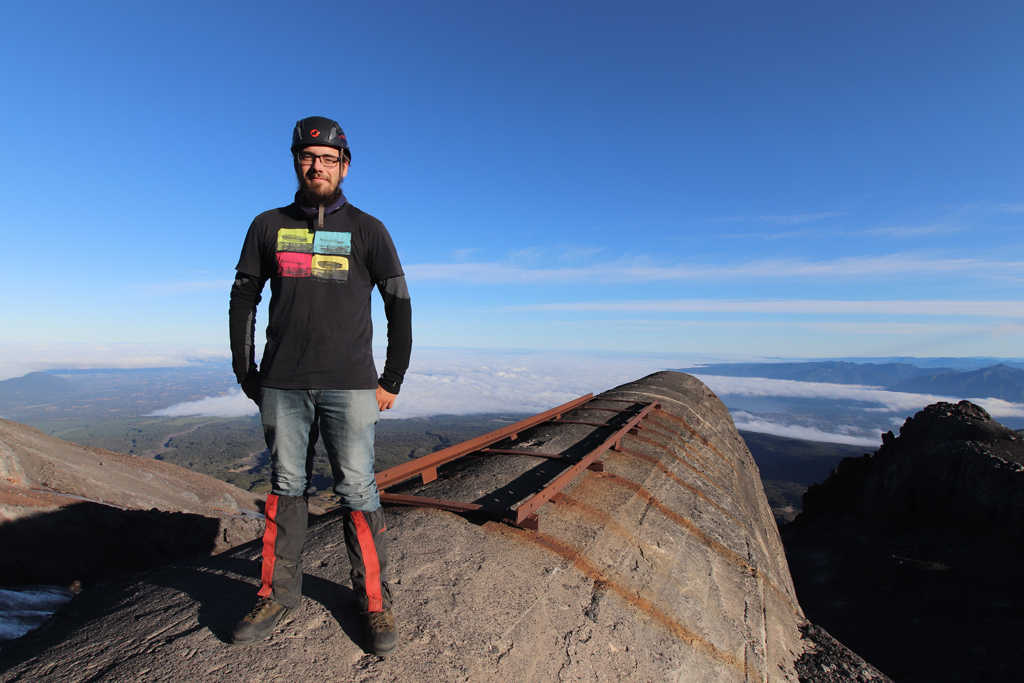
Zabel: How was the transportation of your motorcycle back to Switzerland?
Jules: I hired a guy from a small business (Julio Harboe, Motologistic) that was recommended by a friend. The first time I was in Santiago de Chile, I stopped by, expressly to set a shipping date and get organized. He would then take care of the paperwork for shipping my bike by plane.
My own flight was taking me to France on Thursday, March 5, 2020. My motorcycle also had to arrive on that day, so that I could pick it up on Friday and ride back home. That was the plan. But nothing went as planned. On that first visit with the transportation guys, I wanted to establish the best date to leave them my motorcycle, and make sure things would go smoothly. They said four days ahead was fine; I added one week for extra safety.
But despite dropping my motorcycle way in advance, it landed in France only on Saturday because the business shipped it too late. The other problem is that in France, the import service is not open for individuals on weekends. So I could not pick my motorcycle on that day.
I learned all that only two days before taking my own flight.
Another part of my plan was to sleep over at an acquaintance’s place on Thursday night.
But sadly, that person did not wake up, and I ended up spending the whole night walking in the streets of Paris in the rain.
I did not see any advantage in taking the train to Switzerland and then come back to Paris two days later, but my mother insisted a lot.
She had organized a welcome party with all my family and closest friends, plus neighbours who were following me on social media. So I was entitled to a great homecoming celebration! I was very happy (and they were too) to see my family again all at once as well as friends who supported me all through that adventure.
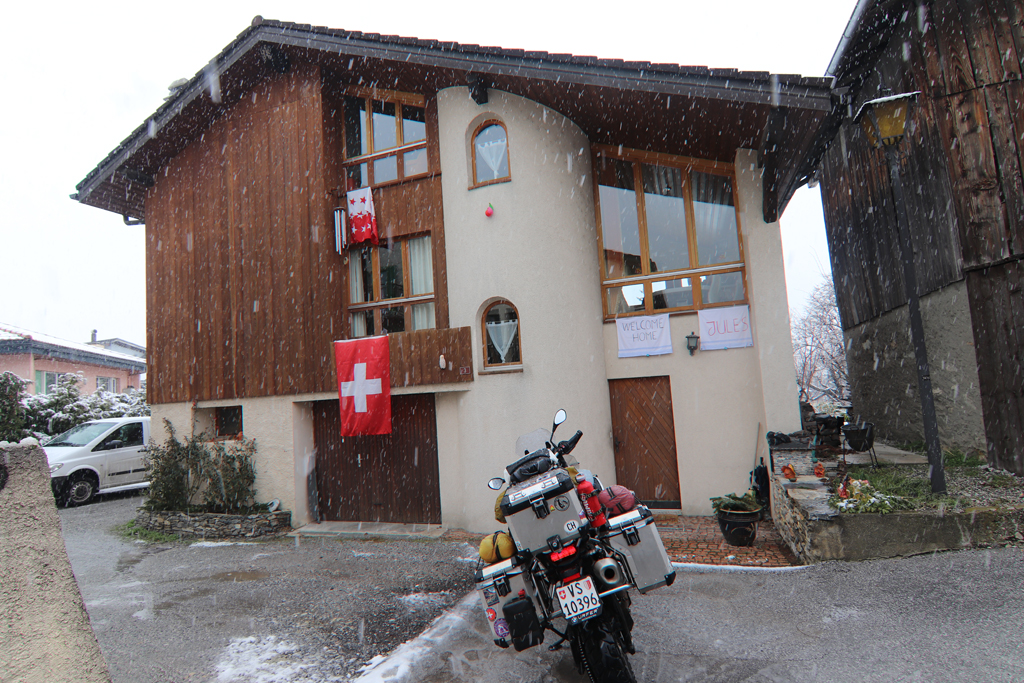
The customs officer did not want to grant me access to my motorcycle because I did not have a bike exit certificate from Switzerland. Neither I, nor anyone I know, had ever heard of such a certificate, which is normal because Switzerland and France have a Free Trade Agreement. After at least two hours of discussions, they agreed to prepare a temporary import paper that I would have to give to the Swiss customs officers when entering my country. That’s what I did the next day. But nobody at the border knew why I was showing them this paper, or what they should do with it.
Eventually, I made it home, under the snow.
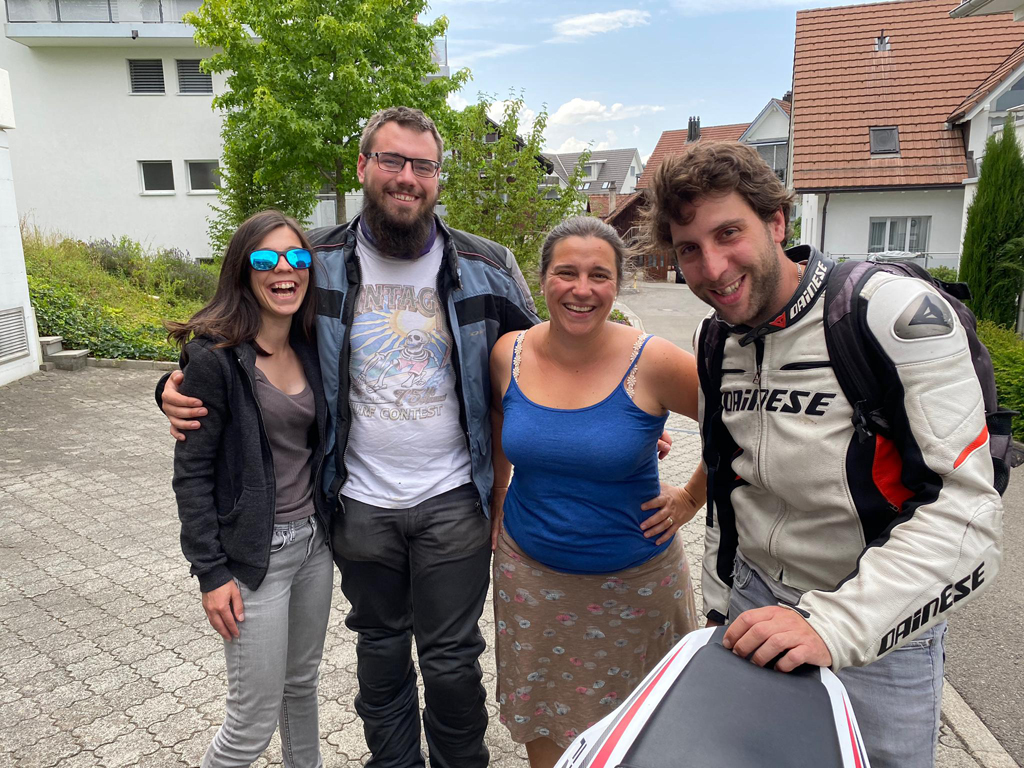
Zabel: When the situation permits, will you be back in America?
Jules: Yes, I am absolutely certain. I am already preparing a trip in the USA (and Canada) for my mother and father, on motorcycles, of course. I want to organize that for their 65th birthday, so I still have four or five years ahead of me.
Otherwise, it’s also clear that I will be back to see the countries that I enjoyed most and maybe, who knows, like Paul I’ll do this trip again when I am 75.
Zabel: What did you gain or learn from that extraordinary adventure on two wheels in America?
Jules: I had time, a lot of time, to reflect on myself. I have been able to clarify some dark zones that haunted me. I also discovered new strengths that I had inside. I discovered what I am made of and now have a more accurate opinion of who I am.
To follow Jules on social media:
Main picture: Jules at home in Switzerland with a brand new BMW—just 10 km on the odometer. There would be more.
